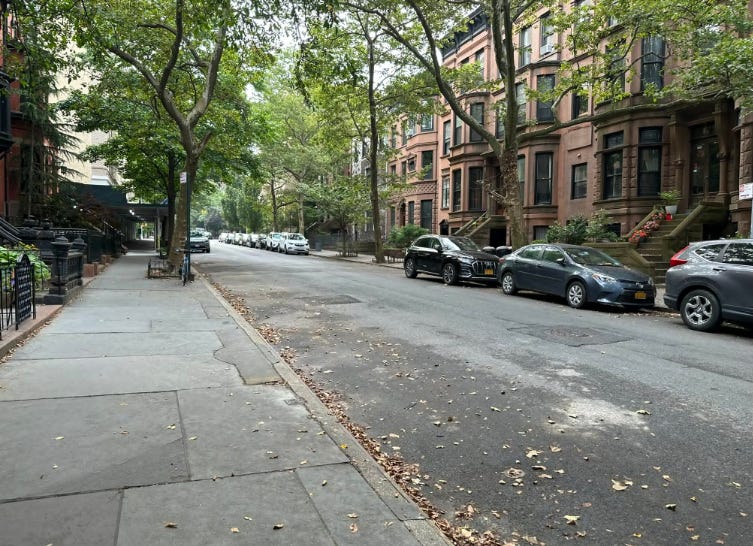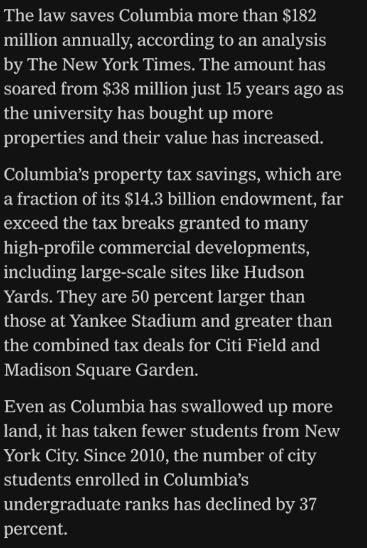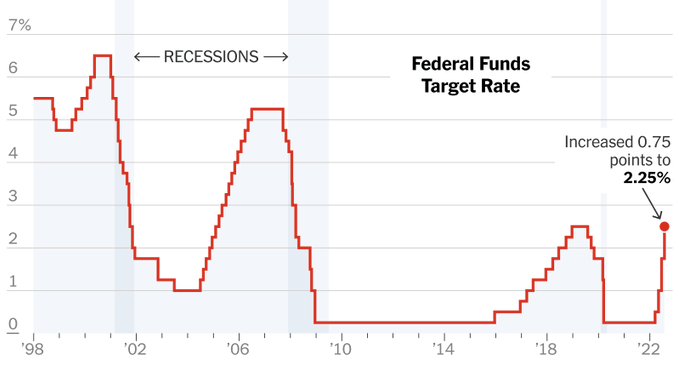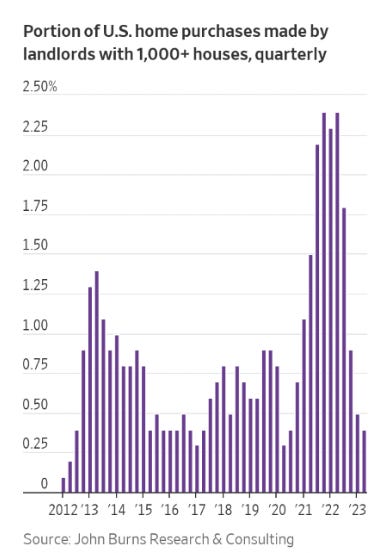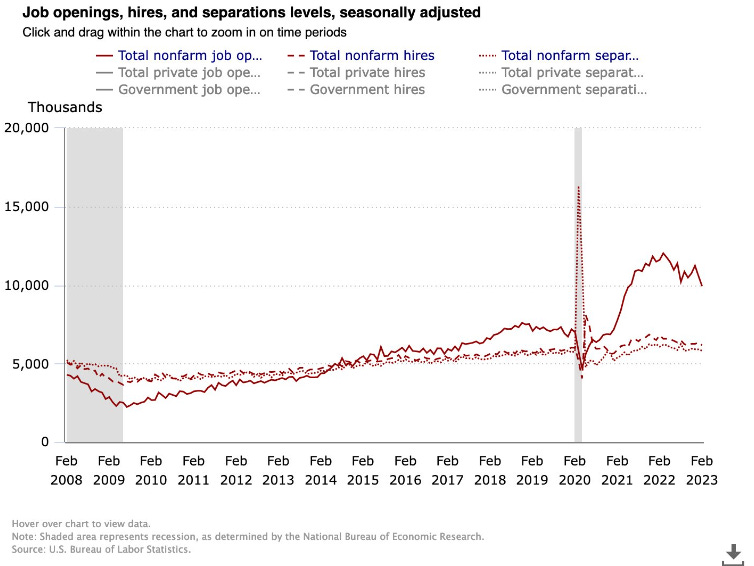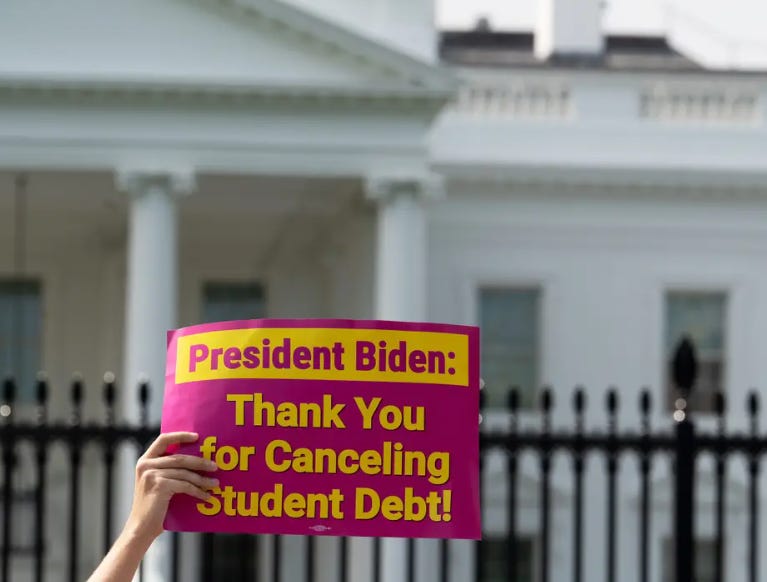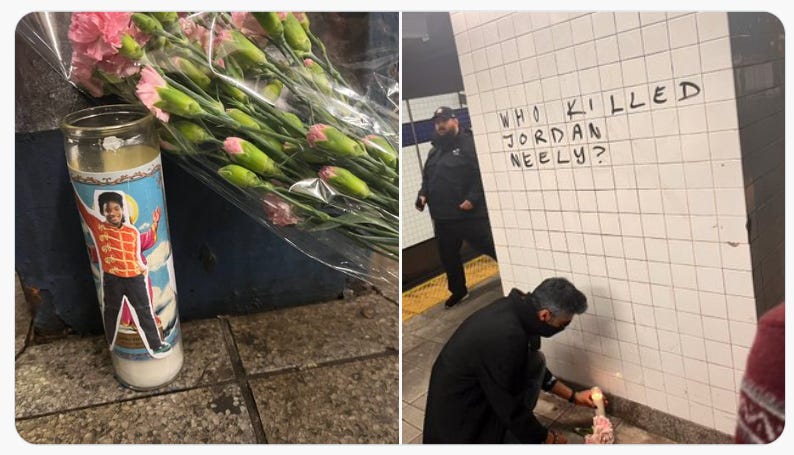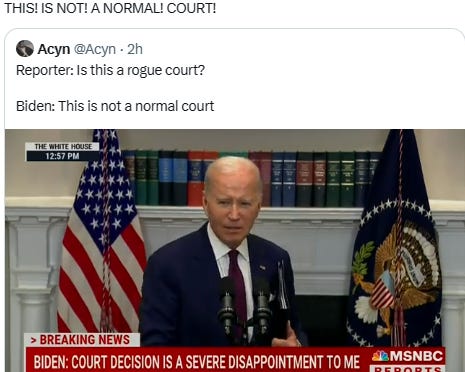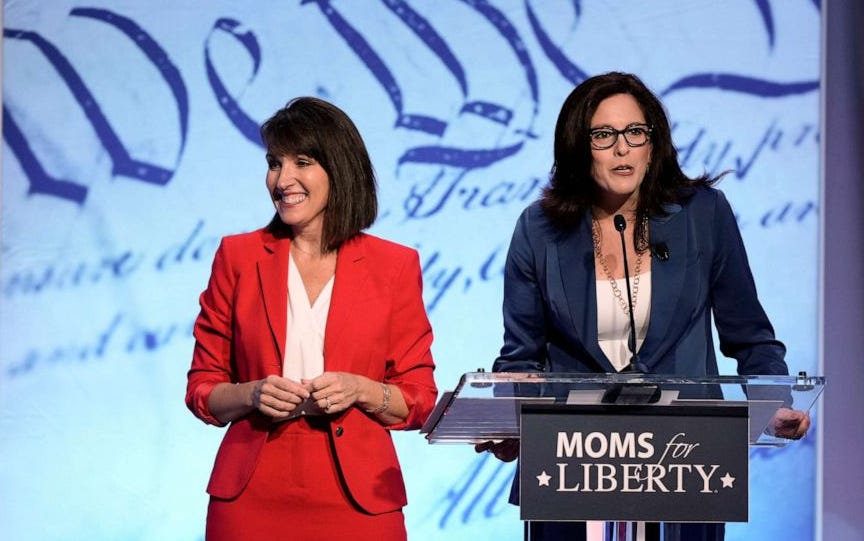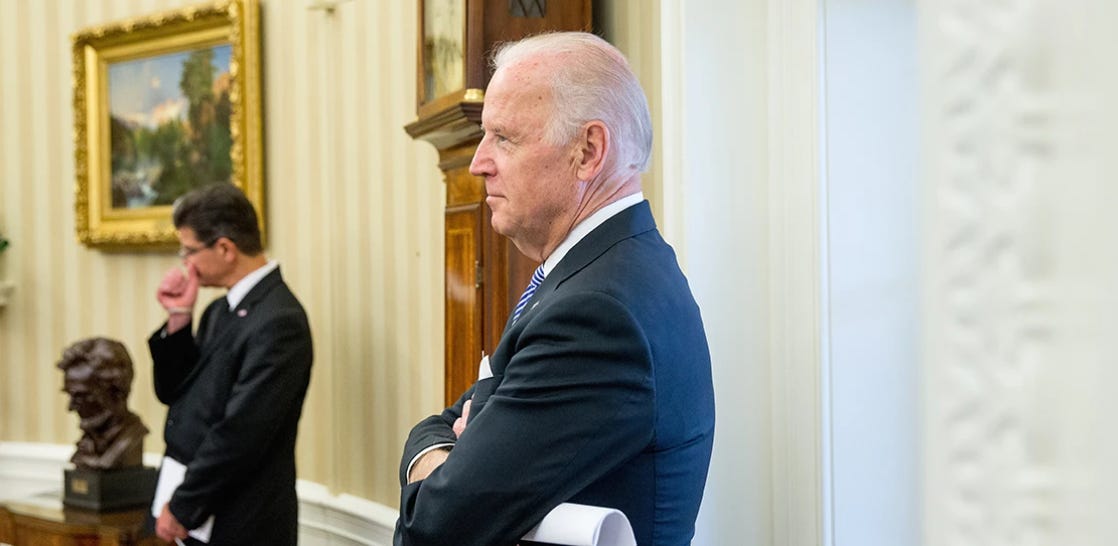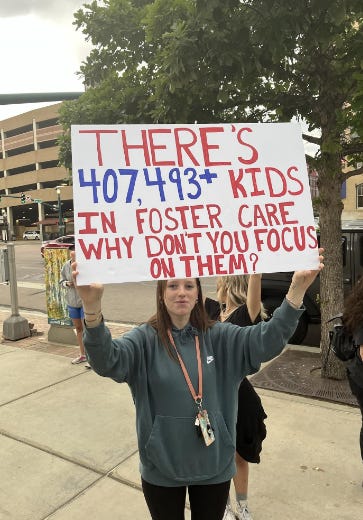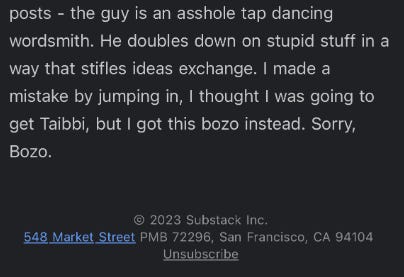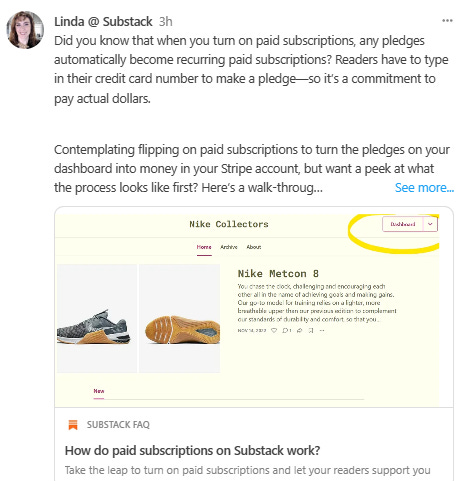DC 7.01am
Housing segregation by race and class is a fountainhead of inequality in America, yet for generations, politicians have been terrified to address the issue. That is why it is so significant that President Biden has proposed, as part of his American Jobs Act, a $5 billion race-to-the-top competitive grants program to spur jurisdictions to “eliminate exclusionary zoning and harmful land use policies.”
President Biden would reward localities that voluntarily agree to jettison “minimum lot sizes, mandatory parking requirements and prohibitions on multifamily housing.” The Biden administration is off to an important start, but over the course of his term, Mr. Biden should add sticks to the carrots he has already proposed.
Although zoning may seem like a technical, bureaucratic and decidedly local question, in reality the issue relates directly to three grand themes that Joe Biden ran on in the 2020 campaign: racial justice, respect for working-class people and national unity.
Perhaps no single step would do more to advance those goals than tearing down the government-sponsored walls that keep Americans of different races and classes from living in the same communities, sharing the same public schools and getting a chance to know one another across racial, economic and political lines.
High borrowing costs and the shortage of properties for sale have slowed home buying by Wall Street’s rental giants as well, limiting their ability to grow at the same time suburban rents are climbing.
The big landlords’ computers are still poring over listings, scanning for houses they can buy and turn into rentals. But financing has become expensive even for them, and competition is fierce from people willing to pay up for the few homes hitting the market. Prices have pushed past what big landlords, including AMH and Invitation Homes, can pay and still meet profit targets.
There has rarely been a better time to own tens of thousands of single-family rentals. Record home prices, the highest mortgage rates in a generation and limited properties for sale are pushing homeownership beyond the reach of many Americans and leave plenty of room for rents to rise and still be cheaper than owning, analysts say.
Wall Street stock pickers expect shares of AMH and Invitation to break from their recent range and race ahead of the broader market. But the acceleration could sputter if the firms are unable to add to their rent rolls.
“We write hundreds of offers every week at price points that we’d be willing to transact at,” Invitation Chief Executive Dallas Tanner told investors this summer. “We’re striking out quite a bit.”
Landlords with 1,000 properties or more accounted for 0.4% of U.S. home purchases during the second quarter, down from a peak of 2.4% in late 2021, according to John Burns Research & Consulting.
Suburban America’s mega-landlords have seldom accounted for such a small share of the market since they emerged after the 2008 housing crash. Property moguls, private-equity firms and other big investors started out scooping up foreclosed homes on the courthouse steps, and when those ran out they took to the open market to buy more.
They ramped up purchasing after the Covid lockdowns—as did smaller investors—until roughly one in four homes sold in boomtowns such as Miami, Houston and Phoenix were being bought by someone who would never move in.
Sidelined landlords are a sign that the Federal Reserve might be closing in on the magic number for interest rates needed to shift the housing market down from overdrive and slow the breakneck spending that accompanies billowing property values.
Invitation, which owns about 83,000 houses, has been selling properties that have appreciated to the point that they are yielding less than 4% and putting the proceeds in the bank, where the cash is earning more than 5%.
Executives say they are amassing money to spend when pools of homes are offered by motivated sellers, such as the property fund that sold Invitation 1,870 houses in July for $645 million. That was less than seller Starwood Real Estate Income Trust paid for the houses during the 2021 frenzy, according to securities filings and people familiar with the matter.
Before that bulk purchase, Invitation had added just 470 houses in 2023, mostly straight from builders. It sold 675 in the first half and executives said they expect to sell more aggressively in the second.
AMH, formerly known as American Homes 4 Rent and owner of about 59,000 houses, was also a net seller during the first half of 2023. It sold nearly 1,100 while adding 780, mostly built in house.
AMH plans to build more than 2,200 houses total in 2023 and has bought land to add 13,000 more down the road. Yields are greater with houses that AMH builds specifically to rent than those it can buy, especially now that lumber prices have fallen back from their pandemic surge, CEO David Singelyn told investors at a conference last week.
The same dynamics that are making it hard to buy houses make it a great time to be renting them out.
“You can’t paint a better backdrop for pricing power for AMH and Invitation,” John Pawlowski, managing director at real-estate research firm Green Street.
“The economy is still reasonably healthy so people are fully employed, wage growth is solid, but the barriers to homeownership are staggering.”
Renting single-family homes has become much cheaper than financing purchases in the markets where the big landlords operate, said Rick Palacios, director of research at John Burns Research & Consulting.
“That math definitely works in their favor right now, especially for entry-level buyers,” he said.
AMH’s Singelyn estimates that AMH’s rents, which have averaged $2,063 a month, could rise more than 30% before they reach the cost of buying comparable houses.
“The reality is the rental-rate increases, as aggressive as they’ve been, have not kept up with home-price appreciation,” he said.
Economically discriminatory zoning policies — which say that you are not welcome in a community unless you can afford a single-family home, sometimes on a large plot of land — are not part of a distant, disgraceful past. In most American cities, zoning laws prohibit the construction of relatively affordable homes — duplexes, triplexes, quads and larger multifamily units — on three-quarters of residential land.
In the 2020 race, Mr. Biden said he was running to “restore the soul of our nation,” which had been damaged by former President Donald Trump’s embrace of racism. Removing exclusionary barriers that keep millions of Black and Hispanic people out of safe neighborhoods with strong schools is central to the goal of advancing racial justice.
Over the past several decades, as the sociologist Orlando Patterson has noted, Black people have been integrated into the nation’s political life and the military, “but the civil-rights movement failed to integrate Black Americans into the private domain of American life.”
Single-family exclusive zoning, which was adopted by communities shortly after the Supreme Court struck down explicit racial zoning in 1917, is what activists call the “new redlining.” Racial discrimination has created an enormous wealth gap between white and Black people, and single-family-only zoning perpetuates that inequality.
Laws banning multifamily housing construction promote damage to the planet. Single-family-exclusive zoning pushes new development further and further out from jobs and amenities like schools, increasing energy waste. While exclusionary zoning laws are especially harmful to Black people, the discrimination is more broadly rooted in class snobbery — a second problem Mr. Biden highlighted in his campaign. As a proud product of Scranton, Pa., Mr. Biden said he would value the dignity of working people and not look down on anyone. The elitism Mr. Biden promised to reject helps explain why in virtually all-white communities like La Crosse, Wis., efforts to remedy economic segregation have received strong pushback from upper-income whites, and why middle-class Black communities have sometimes shown fierce resistance to low-income housing.
If race were the only factor driving exclusionary zoning, one would expect to see such policies most extensively promoted in communities where racial intolerance is highest, but in fact the most restrictive zoning is found in politically liberal cities, where racial views are more progressive. As Harvard’s Michael Sandel has noted, social psychologists have found that highly-educated elites “may denounce racism and sexism but are unapologetic about their negative attitudes toward the less educated.” Class discrimination helps explain why, despite a 25 percent decline in Black-white residential segregation since 1970, income segregation has more than doubled.
By addressing a problem common to America’s multiracial working class, reducing exclusionary barriers could also help promote Mr. Biden’s third big goal: national unity. Today, no two groups are more politically divided from each other than working-class whites and working-class people of color. For centuries, going back to Bacon’s Rebellion in 1676, right-wing politicians have successfully pitted these two groups against each other, but every once in a while, America breaks free of this grip, and lower-income and working-class people of all races come together and engage in what the Rev. William Barber II calls “fusion politics.”
It happened in 1968, when Mr. Biden’s hero Robert Kennedy brought together working-class Black, Latino and white constituencies in a presidential campaign that championed a liberalism without elitism and a populism without racism. It happened again in 1997 and 2009 in Texas, when Republican legislators representing white working-class voters and Democrats representing Black and Hispanic constituencies came together to support (and then to defend) the Texas top 10 percent plan to admit the strongest students in every high school to the University of Texas at Austin, despite the opposition of legislators representing wealthy white suburban districts that had dominated admissions for decades.
And a similar coalition appears to be coming together in California, over the issue of exclusionary zoning. State Senator Scott Wiener, who has been trying to legalize multifamily living spaces, told me that Republican and Democratic legislators representing working-class communities have supported reform, while the opponents have one thing in common: They represent wealthier constituents who “wanted to keep certain people out of their community.”
Taking on exclusionary zoning also begins to address two other challenges the Biden administration has identified: the housing affordability crisis and climate change. Economists from across the political spectrum agree that zoning laws that ban anything but single-family homes artificially drive up prices by limiting the supply of housing that can be built in a region. At a time when the Covid-19 pandemic has left many Americans jobless and people are struggling to make rent or pay their mortgages, it is incomprehensible that ubiquitous government zoning policies would be permitted to make the housing affordability crisis worse by driving prices unnaturally higher.
Likewise, there is widespread agreement that laws banning the construction of multifamily housing promote damage to the planet. Single-family-exclusive zoning pushes new development further and further out from central cities, which lengthens commutes and increases the emissions of greenhouse gases. This is an especially big problem for employees who cannot work remotely at a computer. Families should always have the freedom to make personal choices about their living arrangements, but as the planet heats up, it is bizarre that government would explicitly prohibit construction of the most environmentally friendly options.
It is clear that the federal government has the authority to act on this issue. While zoning laws are locally constructed, the federal government has long cited its powers to regulate interstate commerce as a rationale for pursuing important aims: combating racial discrimination in zoning, protecting religious institutions from discriminatory zoning and overriding zoning laws to site cellphone towers.
Enactment of Mr. Biden’s proposal for federal grants to encourage local reforms would be an important first step and could provide a significant incentive for change, just as President Barack Obama’s race-to-the-top program for education helped alter state and local behavior toward charter schools. But there are many other additional opportunities Mr. Biden should explore.
In December 2020, the Century Foundation, where I work, assembled more than 20 of the nation’s leading thinkers on housing over Zoom — elected officials, civil rights activists, libertarians and researchers — to discuss eight possible options. The alternatives included reinstating and strengthening the Obama administration’s 2015 Affirmatively Furthering Fair Housing rule that requires local governments to begin taking steps to dismantle segregation, as well as Mr. Obama’s 2013 guidance making clear that unjustified policies that have a racially discriminatory “disparate impact” are illegal even absent discriminatory intent. Another set of policies would require states, cities and counties receiving existing federal funding for public infrastructure and housing to develop strategies to reduce exclusionary zoning.
But Mr. Biden should go even further and create what is known as a private right of action — comparable to the one found in the 1968 Fair Housing Act — to allow victims of economically discriminatory government zoning policies to sue in federal court, just as victims of racial discrimination currently can. And because it is wrong, the law should apply in every town and state in the country — not just those that want to participate in the new federal funding programs Mr. Biden’s proposal would provide.
For important historical reasons, being a class snob is not held in the same disrepute as being a racist. But in the context of exclusionary zoning laws, the message of the racist and the class snob is cut from the same cloth: Black families and working-class families are so degraded that the state should sponsor laws to make it illegal for anyone to build the types of housing they can afford. As we begin to come out of a pandemic in which grocery clerks, health care workers and truck drivers were recognized as everyday heroes, government discrimination against them must end.
Blue cities and states — most notably Minneapolis and Oregon — have recently led the way on eliminating single-family exclusive zoning, as a matter of racial justice, housing affordability and environmental protection. But conservatives often support this type of reform as well, because they don’t want government micromanaging what people can do on their own land. At the national level, some conservatives have joined liberals in championing reforms like the Yes in My Backyard Act, which seeks to discourage exclusionary zoning.
While democratic egalitarianism and the liberty to be free from government interference are values that are typically in tension with each other, in the case of exclusionary zoning reform, they point in the same direction. Perhaps for that reason, surveys suggest it is popular. In a 2019 Data for Progress poll, for example, voters were asked, “Would you support or oppose a policy to ensure smaller, lower-cost homes like duplexes, townhouses and garden apartments can be built in middle- and upper-class neighborhoods?” Supporters outnumbered opponents two to one. After decades of federal inaction on this issue, Congress must move boldly to embrace the country’s anti-racist and anti-elitist mood to remove state-sponsored barriers that divide the nation’s people.
==========END————
Thank you, as always, for reading. If you have anything like a spark file, or master thought list (spark file sounds so much cooler), let me know how you use it in the comments below.
If you enjoyed this post, please share it.
If a friend sent this to you, you could subscribe here 👇. All content is free, and paid subscriptions are voluntary.
————
-prada- Adi Mulia Pradana is a Helper. Former adviser (President Indonesia) Jokowi for mapping 2-times election. I used to get paid to catch all these blunders—now I do it for free. Trying to work out what's going on, what happens next. Arch enemies of the tobacco industry, (still) survive after getting doxed. Now figure out, or, prevent catastrophic situations in the Indonesian administration from outside the government. After his mom was nearly killed by a syndicate, now I do it (catch all these blunders, especially blunders by an asshole syndicates) for free.
(Very rare compliment and initiative pledge. Thank you. Yes, even a lot of people associated me PRAVDA, not part of MIUCCIA PRADA. I’m literally asshole on debate, since in college). Especially after heated between Putin and Prigozhin. My note-live blog about Russia - Ukraine already click-read 4 millions.
=======
Thanks for reading Prada’s Newsletter. I was lured, inspired by someone writer, his post in LinkedIn months ago, “Currently after a routine daily writing newsletter in the last 10 years, my subscriber reaches 100,000. Maybe one of my subscribers is your boss.” After I get followed / subscribed by (literally) prominent AI and prominent Chief Product and Technology of mammoth global media (both: Sir, thank you so much), I try crafting more / better writing.
To get the ones who really appreciate your writing, and now prominent people appreciate my writing, priceless feeling. Prada ungated/no paywall every notes-but thank you for anyone open initiative pledge to me.
(Promoting to more engage in Substack) Seamless to listen to your favorite podcasts on Substack. You can buy a better headset to listen to a podcast here (GST DE352306207). Listeners on Apple Podcasts, Spotify, Overcast, or Pocket Casts simultaneously. podcasting can transform more of a conversation. Invite listeners to weigh in on episodes directly with you and with each other through discussion threads. At Substack, the process is to build with writers. Podcasts are an amazing feature of the Substack. I wish it had a feature to read the words we have written down without us having to do the speaking. Thanks for reading Prada’s Newsletter.




